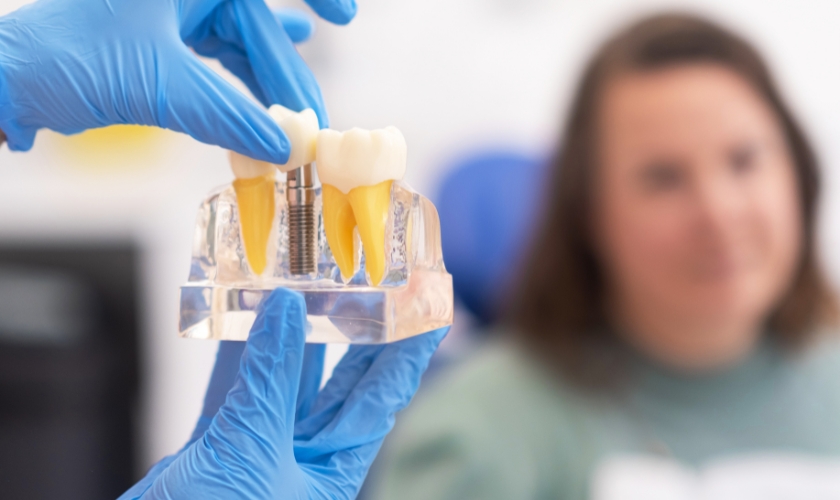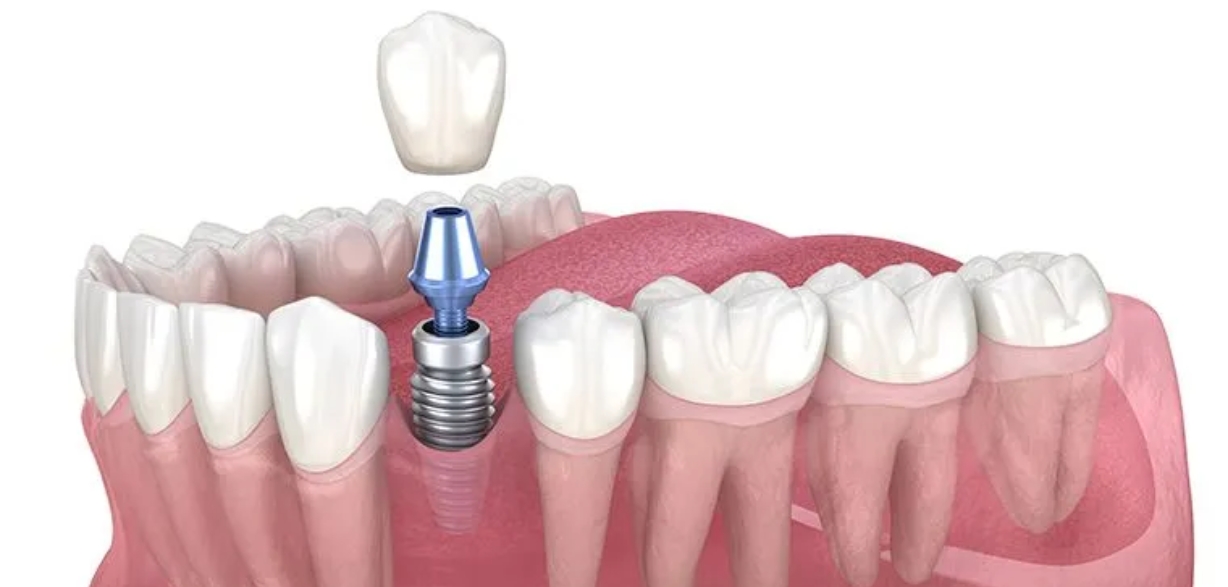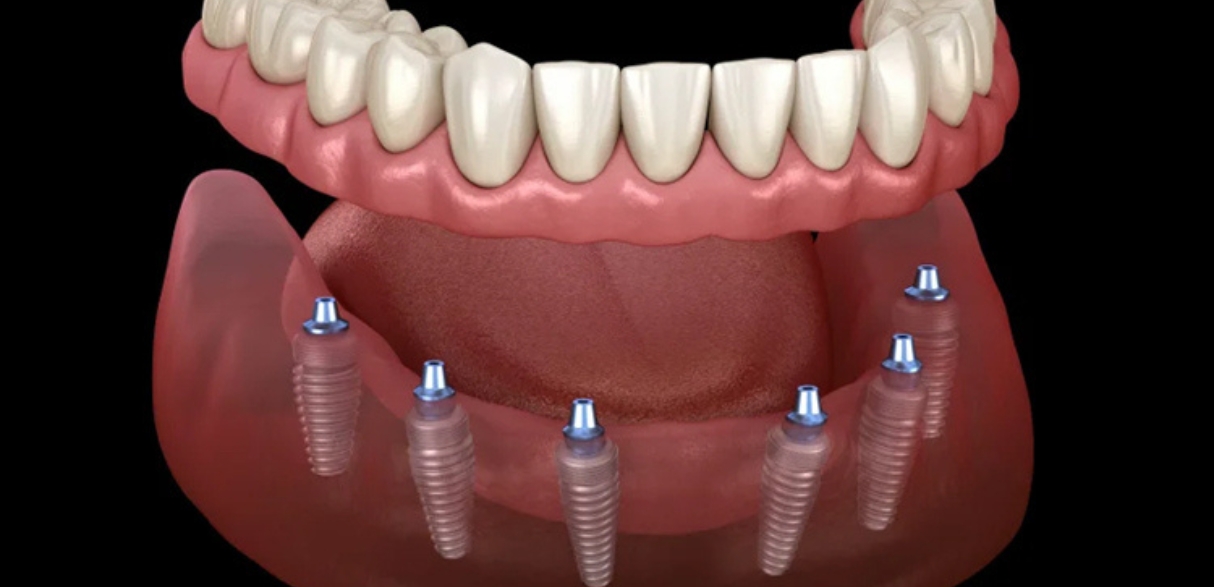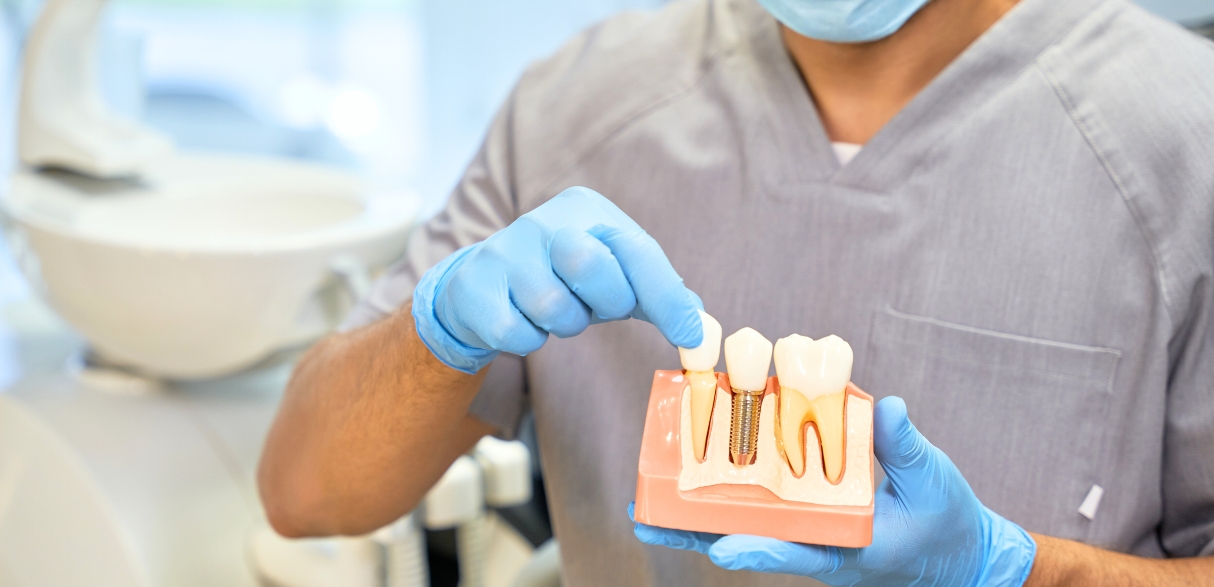
Dental implants transform lives by restoring function and confidence. Healing of implants, however, dictates long-term success. Recovery is usually overlooked by patients and may lead to unfounded fear or mistakes. Every individual heals differently, and recovery periods vary according to health, habits, and care.
Understanding each stage reduces anxiety and prepares you for a smoother process. This blog outlines immediate recovery, ongoing healing, and the final restoration process. Knowing what to expect ensures your investment reaps long-term rewards.
The First 24-48 Hours After Surgery
The first phase of healing for a dental implant takes place immediately after surgery. Most people need to deal with swelling, a little bleeding, and some soreness. Cold packs minimize swelling for fast relief. Consuming soft foods such as yogurt, apple sauce, or warm soup is also kinder to the surgical site.
Also, avoid straws and smoking, as both suction and toxins can interfere with clotting. Rest remains important at this time and supports natural healing. Adhere to all the advice given to you by your dentist to reduce complications following dental implants in St. Clair. Disobeying professional advice may only prolong your recovery and increase the potential for harm. At these times, Good discipline paves the way to success.
The First Week of Healing
During the first week, the dental implant healing process begins to stabilize. Swelling usually resolves, and pain is more easily managed. Diets may be progressively increased, but soft meals continue to be a requirement.
Avoid hard, sticky, or spicy foods that will disturb the implant site. Oral hygiene is particularly crucial, with mild brushing around the surgical site. An antibacterial rinse can optimize plaque restriction without irritation. Liberal hydration also promotes tissue healing and comfort.
The patients should rest adequately and avoid heavy exercise during this period. Careful adherence to daily schedules fosters stability. A smooth start ensures easier development of healing.
Osseointegration and Long-Term Healing
Osseointegration is the most critical stage in the healing process of dental implants. During this stage, bone incorporates the implant and grants long-term stability. The process normally takes between three to six months, depending on bone density and health.
Patients may be normal, but healing occurs internally. Patience is required, as rushing this process risks implant failure. Good oral hygiene habits and avoiding harmful habits increase bone integration success.
Follow-up dental appointments allow monitoring of the healing process. Your dentist can take X-rays to evaluate bone growth and stability. The dental implant healing process here ensures the foundation for permanent restoration.
The Final Stage – Restoring Your Smile
Once osseointegration is complete, the dental implant healing process moves into its final phase. Your dentist attaches the abutment and custom crown to the implant. Patients can expect a natural look and full chewing capability. The implant is secure and enhances confidence during everyday activities.
Crown does not remove the need for continued maintenance. Because the teeth are brushed, flossed, and cleaned regularly by a dental professional, implants will remain clean. The patients are advised to keep alcoholism and smoking in check for their own longevity.
Follow-up appointments at regular intervals ensure early detection of any problems. Dental implants heal well due to good compliance by the patients with lifetime care. This is a happy ending, and restoring your smile will give you beauty & strength.
The restoration of the implants is a process that takes years and requires dedication and patience. There is a struggle at each level, but the payoff is phenomenal. Sustained success is provided by continuing oral hygiene, careful habits, and follow-ups.
With care and maintenance, dental implants provide confidence, stability, and health. Contact us and schedule your appointment with us today to work toward a healthier smile.






